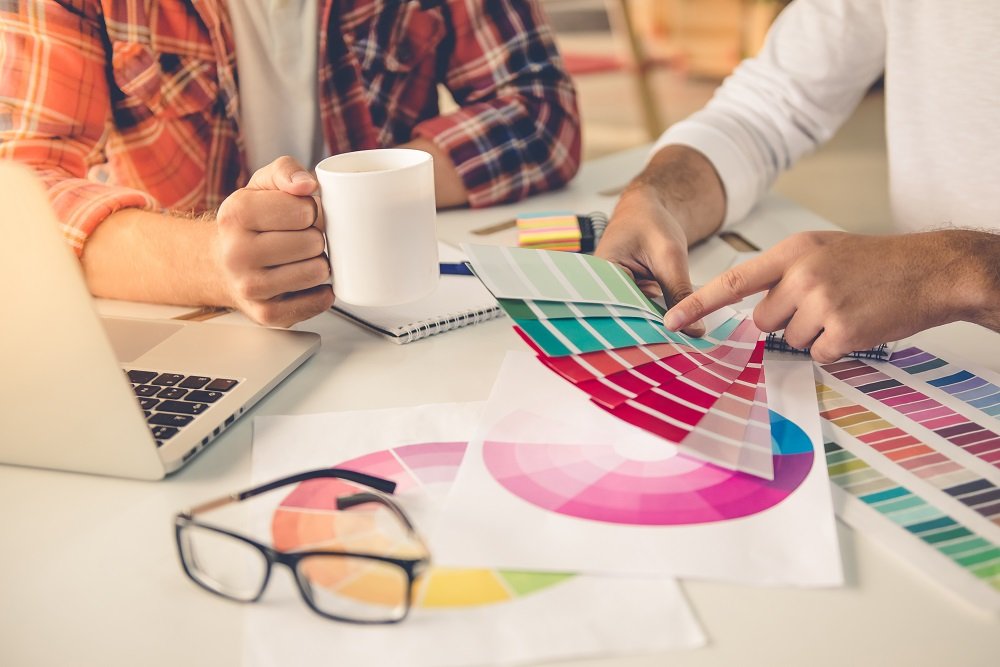
GoWebbies
Contact Information
Phone
+1 (306) 491-2495
chandni@gowebbies.ca
Address
Aspen Ridge,
Saskatoon, SK S7W 1C9

Ever wonder why certain brands just feel right? Think about the bold red of Coca-Cola, the calming blue of Facebook, or the sleek black of Apple. That’s not luck — it’s color psychology in branding at work.
In a world where audiences form opinions in less than 90 seconds, your color palette isn’t just a design choice — it’s your first impression, your mood-setter, and your silent salesperson. Let’s break down how color influences perception, buying decisions, and brand loyalty — and what your palette might be saying (even if you didn’t mean to say it).
Color psychology is the science and strategy of how colors influence human behavior. In branding, it’s used to shape how customers feel about your brand — before they even read a single word.
FACT: 85% of shoppers say color is the primary reason they buy a product. Color can also boost brand recognition by up to 80%.
Warning: Overuse can scream “SALE!” or feel aggressive if not balanced.
Note: Too much yellow can be hard to read or feel juvenile.
Fun fact: Historically, purple was the color of royalty. Still feels fancy, right?
A great brand palette includes:
Remember: The same color can feel totally different depending on its pairings. Deep blue + gold = luxe. Baby blue + white = soft and welcoming.
You’ve only got seconds to make a connection online — and your colors are doing a LOT of the talking.
Whether you're building a brand from scratch or giving it a refresh, understanding color psychology helps you attract the right people, communicate your values, and present your business like a pro.
So the next time you pick a color “just because you like it,” stop and ask: Is this color saying what I want it to say?
If not, let’s fix that — because at GoWebbies, we don’t just make pretty designs. We make brands that connect.